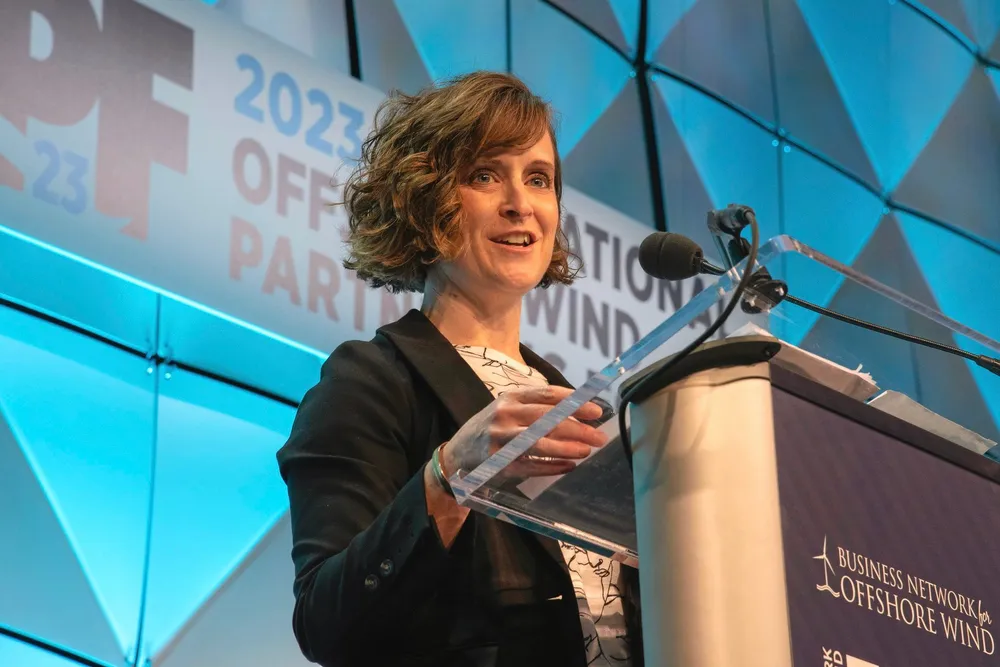With Biden-era chief Klein gone, BOEM gets set to obey Trump's orders on offshore wind
EXCLUSIVE | Federal Bureau of Ocean Energy Management confirms deputy now in charge and that it is preparing to carry out new president's reviews

America's regulator of at-sea energy is without a permanent director as it prepares to carry out Donald Trump's instructions and review the US offshore wind leasing process with a remit that includes “terminating or amending” projects.
Cruikshank has been with BOEM since 2002, when it was still called Minerals Management Service charged primarily with overseeing the offshore oil & gas sector.
He was acting head of BOEM for the duration of Donald Trump’s first term from 2017-2021, when the president declined to appoint a permanent director.
BOEM representatives were unable to say who might be in the running as a permanent new director or when a replacement would be appointed.
Despite the lack of director, BOEM retains its remit to oversee coastal energy regulation, including executing Trump’s executive order (EO) on offshore wind.
“The EO also pauses new or renewed approvals, rights-of-way, permits, leases, or loans for offshore wind projects pending a review of Federal wind leasing and permitting practices,” they added.
Trump is a staunch opponent of offshore wind development and has long promised to derail the sector once taking office.
His ban on leasing and permitting was long expected by the industry, but his potential targeting of existing leases with active and invested projects took the industry by surprise.
Klein took over from Amanda Lefton in February 2023, when momentum in project permitting was well underway and flagship arrays, CIP-Avangrid’s 800MW Vineyard Wind and Orsted’s 132MW South Fork had already been fully approved and teed up for construction.
Under Klein’s direction, nearly 17GW of capacity was later approved in nine other projects.
Construction at South Fork completed while Vineyard remains ongoing, and two other arrays entered at-sea installation, including Orsted’s 704MW Revolution Wind and Dominion Energy’s 2.6GW Coastal Virginia Offshore Wind.
BNEF wind energy analysts Oliver Metcalfe, BNEF head of wind research, said in a recent interview that he expects the 6GW of capacity currently in construction is “probably safe” while the remaining capacity, both permitted and in process, is “in limbo pending a DoI review.”
“The real game-changer would be any successful move to revoke existing permits or leases,” Metcalfe added.